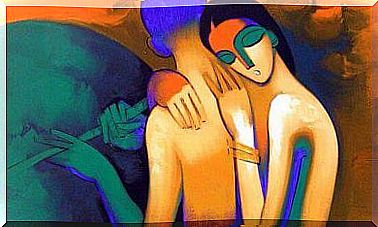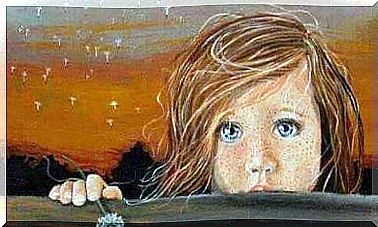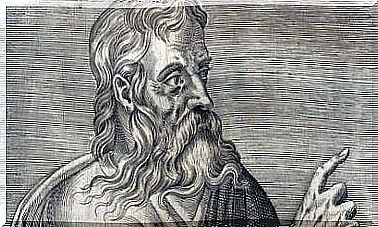Self-image: Its Origin And Definition
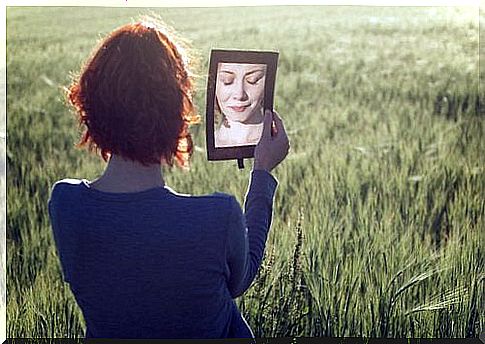
We can look at self-image as the idea or image we have of ourselves. It is formed and shaped by the main roles we play, our goals and our objectives, our personality, our ideology and our philosophy, to name a few. It is also dynamic, which means that it changes over time.
Knowing ourselves helps us decide what and how we should think and do in each situation. This knowledge of oneself can be either individual or on a group basis. Awareness of our and others’ identities makes our lives easier and promotes our relationships.
In psychology, one can study self-image from different perspectives. Personality psychologists will focus on getting to know the content of the identity and creating typologies of it. Social psychology wants to see to what extent it affects our relationships and vice versa.
Next , we will talk about two theories that explain how the self-image is created and developed. One of them is the theory of self-contradiction, which revolves around one’s internal regulation. The second is the theory of the mirror self , which revolves around social regulation.

The theory of self-contradiction
This theory starts from the base that man seeks coherence between different perceptions he has about himself. Here other self-images come into play. They are:
- The “ideal” self is a self-image that tells us what we want to become.
- The “responsible ego” is a self-image that has a perception of what we should become.
- A “potential self” which is the self-image of our potential, the extent to which we can become something.
- The “expected self” is the self-image that predicts what we may become in the future.
These self-images are quite similar to each other. They differ only in small nuances. The important thing about these “I” is that they create deviations compared to our current self-image. When one of them is dissonant with our current self-image, we experience anxiety.
From there, anxiety can justify changes in self-images to resolve contradictions.
For example, if our “ideal self” sees ourselves as persons in a society, but we usually act selfishly, a contradiction will arise. We can solve the dissonance in different ways:
- Change our selfish behavior, and with it our current self-image.
- Change the perception of our behavior and stop looking at it as selfish, which changes our current self-image.
- Change our “ideal” and adapt it to the current situation.
The theory of the mirror self
This theory begins with the creation of the self-image as a process in which society plays a major role. The perceptions that others have about us are important here. We build the image of ourselves with the information that others give us.
This is because we believe that others have an idea of who we are in their minds. Therefore, we try to find out what this is. We do not want any contradictions between the image others have of us and our own self-image. When this contradiction exists, we can resolve it in two ways:
- By changing our relationships with others so that they see us as we think we are.
- By changing the image we have of ourselves.
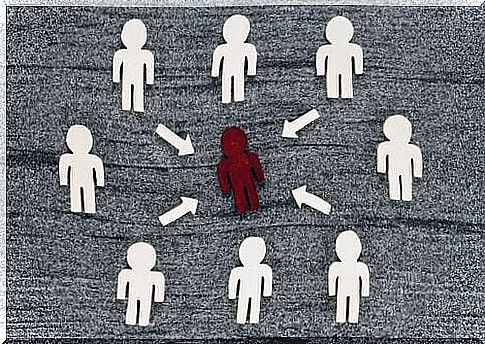
We seek confirmation of our self-image
This theory is a good explanation for why we seek relationships that are consistent with our self-image, and avoid people who see us in a different way than we do. It also helps us understand the effects that expectations have on a person, such as the pygmalion effect, or the rosenthale effect.
Another important aspect is that we do not tend to see ourselves as others really see us, but as we think they see us. We do not determine how others see us based on information we receive from them, but on our self-perceptions. We create an image of ourselves and believe that others see us in the same way.
Both theories explain how the self-image is shaped and modified in different, but not contradictory, ways. It is an interesting look at it from a broad perspective, and to understand how the “self” in the theory of contradiction can also be created and modified by social influence. By keeping both positions in mind, we can get a solid picture of our self-image.

